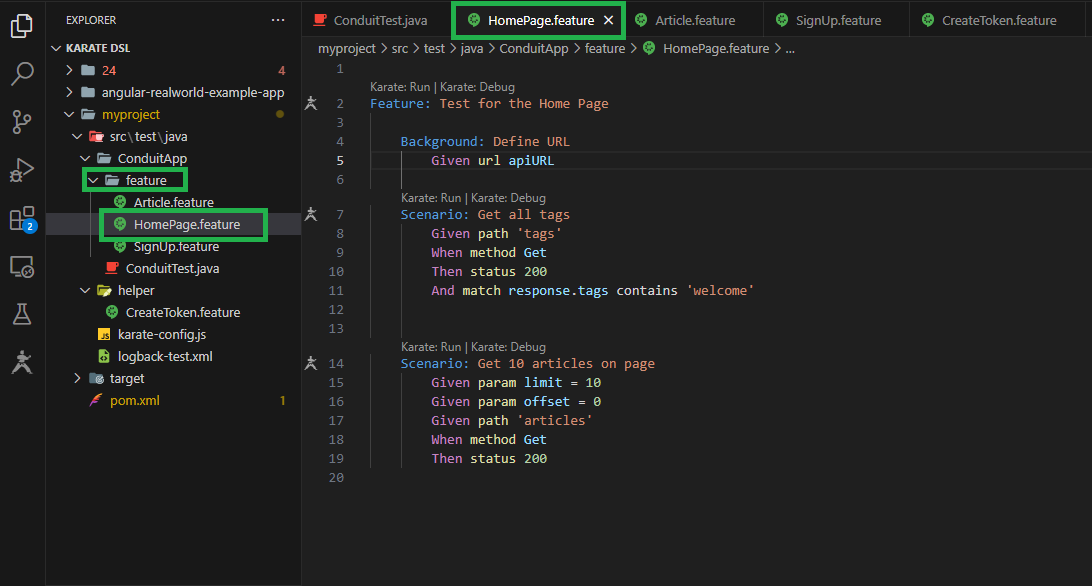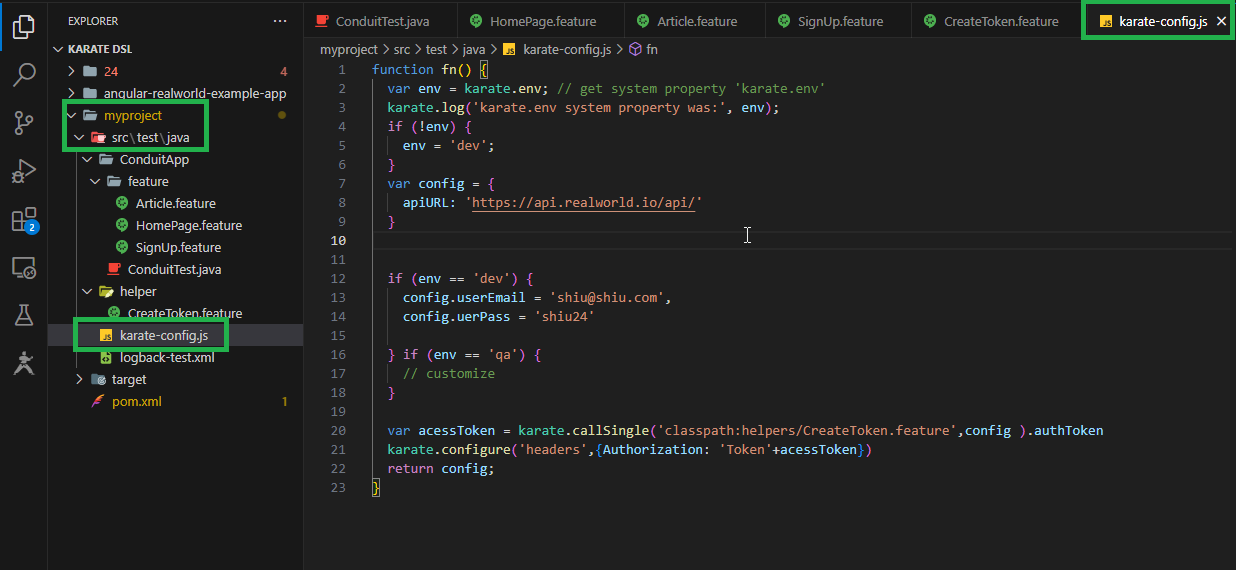In today’s fast-paced digital landscape, the seamless operation of APIs (Application Programming Interfaces) stands as a linchpin for the success of any software application. APIs’ robustness, reliability, and security are non-negotiable in software development. Enter the Karate DSL (Domain-Specific Language) Framework, a shining star in this context. In this all-encompassing guide, we will embark on a journey into the Karate DSL Framework overview, uncovering how it can empower you to create potent API tests and automate them with ease. Prepare to witness how Karate DSL can supercharge your API testing capabilities.
What Is Karate DSL?
Karate DSL is an open-source, domain-specific language (DSL) that is purpose-built for API testing. Unlike traditional API testing frameworks that rely on complex coding, Karate DSL adopts a more natural and expressive approach. It allows you to write API tests in plain English, making it accessible to testers, developers, and stakeholders. Whether you’re a seasoned API testing professional or a beginner, Karate DSL simplifies the entire process.
Key Features of Karate DSL
Karate DSL boasts an impressive array of features that set it apart in the world of API testing:
- BDD (Behavior-Driven Development) Syntax: Karate DSL uses a BDD syntax, making it easy to create tests that are not only functional but also highly readable. We write Tests in a narrative form that closely resembles natural language.
- Built-In HTTP Client: Karate DSL includes a powerful HTTP client that simplifies API interaction. You don’t need to rely on external tools or libraries to send HTTP requests; Karate has you covered.
- Data-Driven Testing: Karate DSL supports data-driven testing, allowing you to test APIs with multiple data sets. This is especially useful for testing the same API with various input values.
- Reusable Components: Create and reuse components, making your API tests more modular and maintainable. This approach enhances test scalability and reduces duplication.
- Dynamic Payloads: Karate DSL excels at handling dynamic payloads, which are common in modern RESTful APIs. You can easily manipulate JSON and XML data within your tests.
- Parallel Execution: Karate DSL supports parallel test execution, speeding up your test suites and reducing testing time.
- Rich Reporting: Generate detailed and user-friendly HTML reports that provide a clear view of test results and any issues encountered during testing.
Karate DSL Architecture
Understanding the architecture of Karate DSL is crucial for harnessing its full power. The framework builds on the Cucumber-JVM library, forming the foundation for BDD testing. Karate DSL enhances Cucumber-JVM’s capabilities by adding its own features and a specialized syntax for API testing.
Here’s an overview of the critical components in the Karate DSL architecture:
- Feature Files: Feature files are where you write your Karate DSL tests. They use a .feature extension and follow the Gherkin syntax, allowing you to describe API test scenarios in plain English. These files contain test cases, steps, and assertions.
- Scenarios: Within feature files, you define scenarios representing specific API test cases. Scenarios consist of steps that interact with the API, send requests, and validate responses.

- HTTP Request Builder: Karate DSL includes a built-in HTTP request builder that enables you to create and send HTTP requests without needing external tools or libraries. This builder simplifies the process of making API calls.
- Karate Config: The karate-config.js file configures global variables, headers, and other settings that apply across multiple test cases. It ensures consistency in your tests.

- Reusable Components: Karate DSL allows you to create reusable components in separate .feature files. These components can include common HTTP requests, authentication methods, or custom functions. Reusing components enhances test modularity and maintainability.
- Data-Driven Testing: Karate DSL supports data-driven testing through the Examples section within feature files. You can define different input data sets and iterate through them to test various scenarios.
- Parallel Execution: Karate DSL enables parallel execution of tests. This feature is precious for running tests concurrently, reducing testing time, and increasing efficiency.
- HTML Reports: After running tests, Karate DSL generates HTML reports that provide comprehensive insights into test results. These reports include details about test scenarios, step outcomes, and any failures encountered.
By understanding this architecture, you’ll be better equipped to create and manage your API tests effectively in Karate DSL.
Karate DSL File Structure
A typical Karate DSL project includes the following files and directories:
- Feature Files: These files have a .feature extension and contain your test scenarios and steps.
- karate-config.js: This JavaScript file allows you to set global configurations for your tests, such as base URLs, authentication credentials, or custom functions. This file centralizes configuration settings, promoting consistency in your tests. It’s beneficial for managing variables, headers, and endpoints that multiple test scenarios share.
- karate.logback: This configuration file controls the logging behavior of Karate DSL. You can customize log levels and outputs.
- logback-test.xml: This XML file is used for logging during test execution. It defines log formats and destinations.
- target: This directory stores the generated HTML reports after running tests. You can access these reports to review test results. They help you identify which tests passed, failed, or encountered issues, making diagnosing and resolving problems easier.
- pom.xml (optional): If you use Karate DSL with Maven, this file manages project dependencies and settings.
Below is an example image of Karate DSL files and architecture:
Conclusion
Karate DSL indeed revolutionizes API testing. Its user-friendly BDD syntax and built-in HTTP client empower testers and developers alike. With data-driven testing capabilities and rich reporting, Karate DSL offers unparalleled versatility in the API testing landscape. Whether you’re scrutinizing RESTful APIs, probing SOAP services, or navigating GraphQL endpoints, Karate DSL streamlines the process. It enables you to craft robust, maintainable API tests that stand up to scrutiny. So, if you’re ready to take your API testing to the next level, Karate DSL should be your framework of choice. Embark on this journey today and uncover the transformative power of Karate DSL in reshaping your API testing efforts.
For more information, you can refer to the documentation Karate DSL.


Thank you for sharing good information.